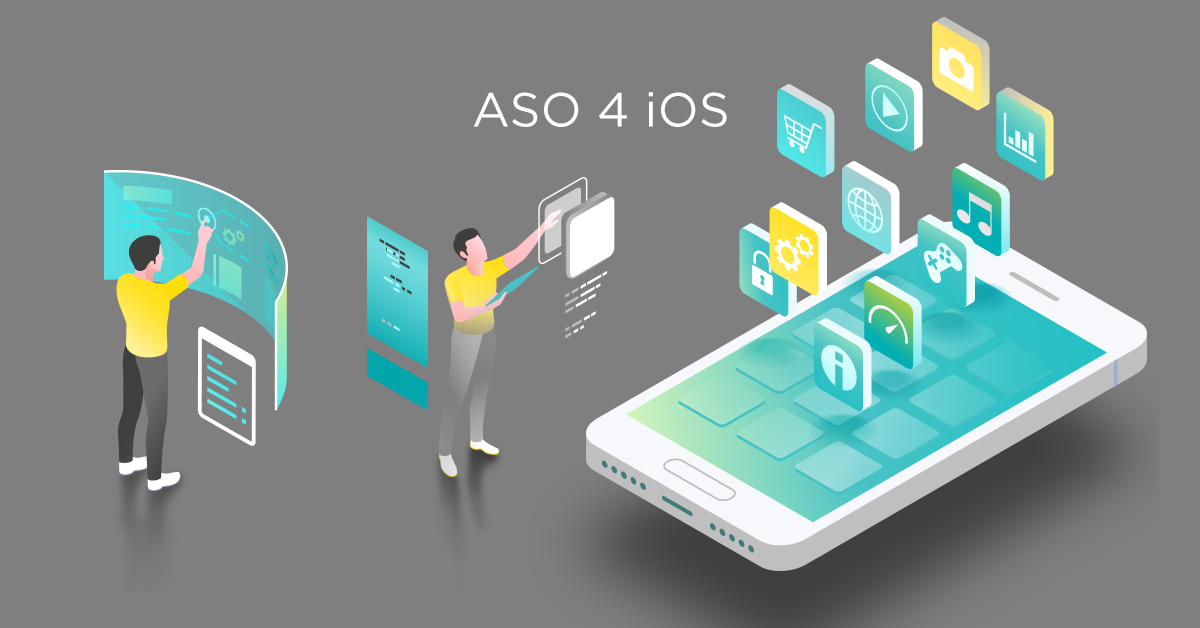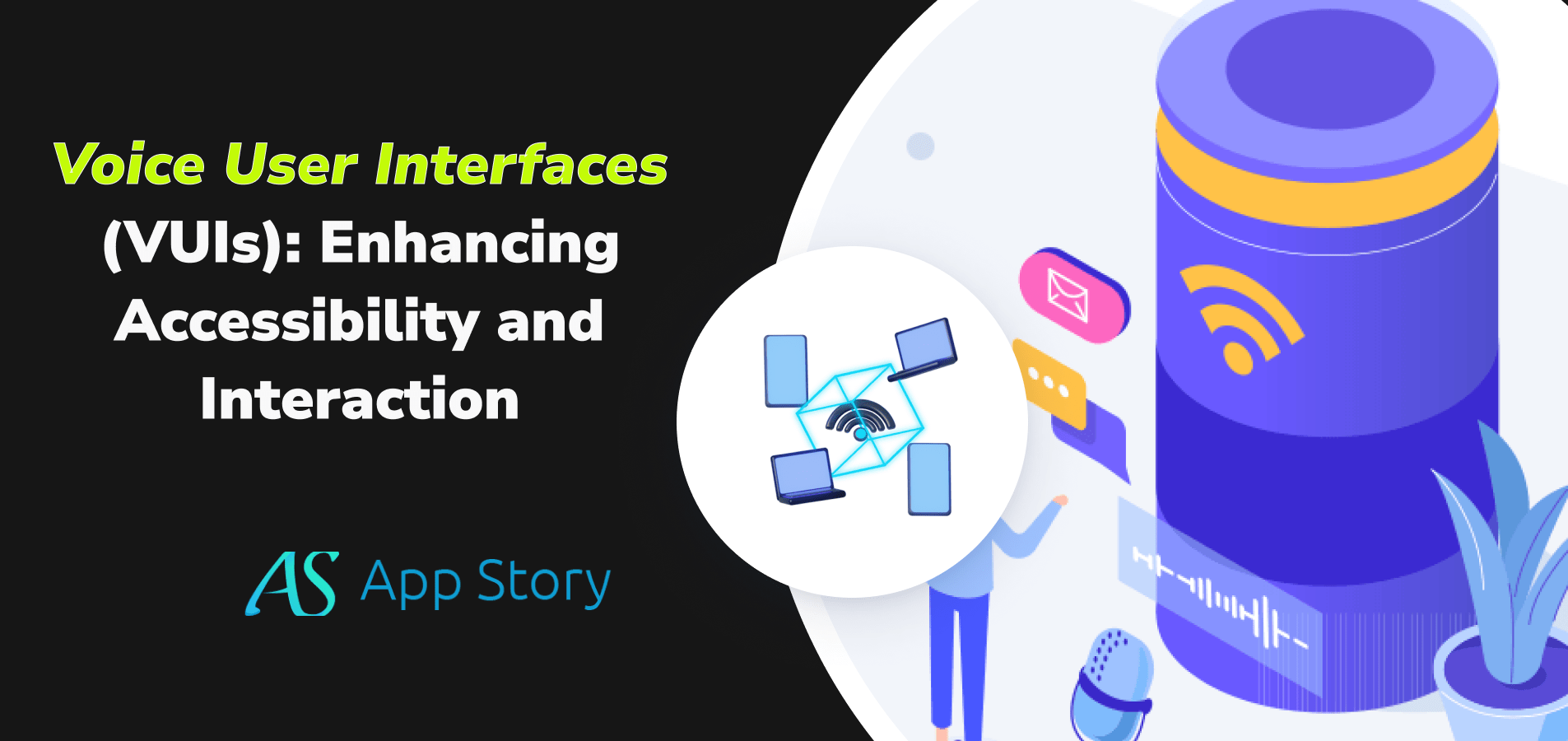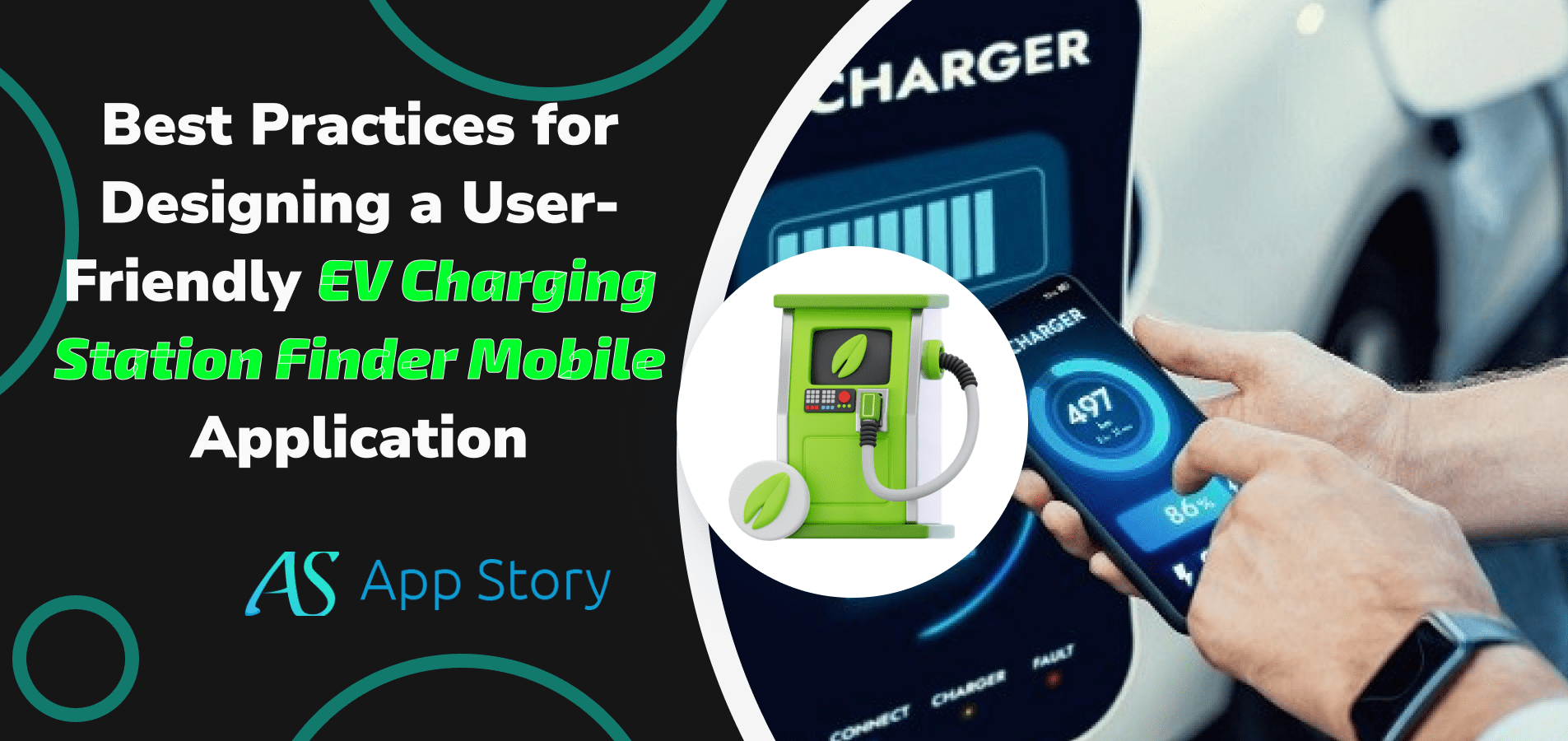Update – 26- May 2021
What is App Store Optimization (ASO)?
If you are into an online business you must have already heard about the importance of optimization (yes, for online businesses that’s called search engine optimization or simply SEO). However, our current topic isn’t about search engine optimization (SEO) but App Store Optimization (ASO). In essence, there are many similarities between SEO and ASO, the biggest difference being that ASO is meant to achieve top chart ranking in the App Store, which SEO is all about ranking in Google Search engine. That’s also the reason why ASO is also called App Store SEO or Mobile App SEO.
The reason behind this guide:
The reason why I decided to come up with this guide is because of my personal experience (read frustration and revelation) with the app store.
See, three years back I launched my first app in the app stores (Google Play Store and iOS app store). This was a big moment as me and my team have been working over the app for quite some time and we were sort of ready to taste the success with a lot of downloads.
Well, things didn’t go as planned…
We waited, waited and waited…
A month down the road we were frustrated enough to designate it as a failure (we were getting only a few downloads per day)
Our only hopes remained were from paid advertisement campaigns now.
However, like most of you must know that paid campaigns aren’t cheap and you would probably be spending USD 1 to USD 5 for each download.
Add this to the fact that you need at least 40k app download/install per day to be able to rank in the top 25 charts and the budget just gets out of proportion.
Fortunately, enough one of our teammates decided to take upon himself to research about ASO techniques to get our app off-ground.
The rest was history, as our the next two months we were able to increase our app installation rate by over 1000%.
Now, you must be wondering how you can do it, right?
Well, fret not my friends because that’s precisely what I have mentioned below in this detailed Guide to ASO for Google Play Store and iOS App Store.
So, are you ready to give your app the boost it needs to rank at top charts on Google Play Store and iOS App Store?
Continue reading this detailed guide about the app store optimization process and get ready to embrace the success…

Step 1: Identify the right keywords
Just like for search engine optimization, your choice of keywords makes all the difference in enhancing the app store ranking. Thereby, it should be the first step towards your optimization efforts.
a) Getting Keyword Ideas for app store
Ok, before you finalize keywords for your app, you need to have at least a collection of 50 trending and high-search volume keywords relevant to your app. There are some great free ASO tools that can help you hunt down the best and most optimized keywords for your app. Keyword Suggestions, OneLook Reverse Dictionary are some of the free keyword research tools you can to identify the best keywords for your app.
One important thing to consider when looking for keyword ideas is relevance. Going with the trendy keywords might seem tempting but they are of no use for your app. Remember, you only need to finalize keywords that users will use to find your app.
b) Optimizing your keywords
Once you have a list of keywords for your app, the next step is to filter the best keywords out of the lot. Again, there are various tools that you can use to help you optimize your keywords. The tools help you filter keywords based on search volume, as well as relevancy. All in all, you should have a list of 25 highly-optimized keywords ready to use for your app release.
Step 2: Using Keywords in the right places
Now that you are done with your keywords identification and optimization, it’s time to move on to the second step that’s about putting the keywords where they matter most.
Remember, there are a couple of important metadata places to fill with the chosen keywords.
a) App Name
Just like you would consider everything possible to name your business, keep the same passion when naming your app. It must be trendy, relevant, as well as, searchable. Remember, naming the app is the first piece of the puzzle, and it’s of utmost importance to put it right.
According to a study by Tune (previously known as MobileDevHQ) placing the name of the app in the title can help boost ranking as much as 10%.
That’s because the search algorithm working behind the scenes of both Google Play Store and iOS App Store does scan the app name for keywords, whenever there’s a search query from users. This means that apps with names in the title have a higher chance to rank in the search results.
The key here is being balanced. Stuffing all keywords into the title won’t do any good (in fact it will make your app appear spam). Thereby, you need to find the perfect moderation in using keywords and your branding needs.
As for iOS, there’s a limit of 30 characters for the iOS 11 version, whereas, Google Play Store has 50 characters limit (so, you need to be intelligent in your approach).
b) App subtitle
This is only valid for iOS, which introduced the feature in iOS 11.
The app subtitle field is limited to 30 characters and appears directly under the app name.
The very reason to introduce this feature is to enable developers and marketers to include more relevant keywords (as a means to communicate with users).
c) App description (Google Play Store)
This feature is found on Google Play Store, and enable developers to add as many as 80 characters for short description and up to 4000 characters for a long description of your app.
What’s more important is the fact that Google Search Algorithm does scan and index words in these descriptions. This means that by intelligently using your keywords in these descriptions, you are telling the algorithm that your app is highly relevant to the search query for those keywords.
d) App description (iOS App Store)
While the iOS search algorithms don’t search the descriptions for keywords, that shouldn’t stop developers to ignore this field.
It’s important to mention the uniqueness of your app in the description so that users can get an idea about your app. The best way to consume the app description field in the iOS App Store is to list any and all honorary mentions, social proofs or awards the app has managed to bag.
e) In-App Purchases
The name of in-app purchases is indexed by both Apple App Store, as well as, Google Play Store. Each In-app purchase in iOS 11 comes with its name, description, and promotional image.
To exploit the full potential of your IAP items, try to come up with creative ideas to incorporate app store keywords as the names of your in-app purchase items.
Step 3: Conversion Optimization
Now, let’s move to one of the most important aspects of our ASO guide, which is to convert visitors to potential users.
Remember, the whole process of App Store Optimization is meant to boost app installs. Until now we have discussed ways to increase visitors to your app and rank in top charts. But the more important aspect is to actually persuade those visitors into actual users (persuading them to download and install the app).
Here are a few important things you need to perform for conversion optimization:
a) App Icon
If you already don’t know, then a creative app icon can boost your downloads by over 500%.
You can get inspiration for the app icons from top-rated apps (relevant category). Just make sure that your icon keeps its creativity intact when scaled down to small sizes as per the requirements of the Google Play Store or iOS App Store.

b) Screenshots
According to one study, nearly 60% of visitors don’t swipe through the second screenshots. This means that using the best screenshots can help you increase your app conversion rate by 25%.
The best way to use screenshots is to ensure that each image carries a single unique message about your app.
c) Preview Video
While making preview videos for the app may be time-consuming, it’s definitely worth it when looking at its impacts on conversion (nearly 23% increase).
Again, most users won’t watch past first 12 seconds of the video, needless to say, you need to be concise in your approach and avoid any general (welcoming) message.
d) Ratings & Reviews
The key here is to not appear begging for ratings or reviews. And the best way to achieve that is to delay asking for rating & reviews until you have a constructive moment; like clearing a level in a game or making a successful reservation.
This is even more important for iOS developers as they are only allowed to ask for review and ratings 3 times per year; make sure each time it counts.
e) Update Frequency
There is a direct correlation between update frequency and high ratings. According to studies, users seem to be more satisfied and loyal to apps that frequently updates for better security and aesthetics.






 United States
United States United Kingdom
United Kingdom India
India Canada
Canada Singapore
Singapore



































